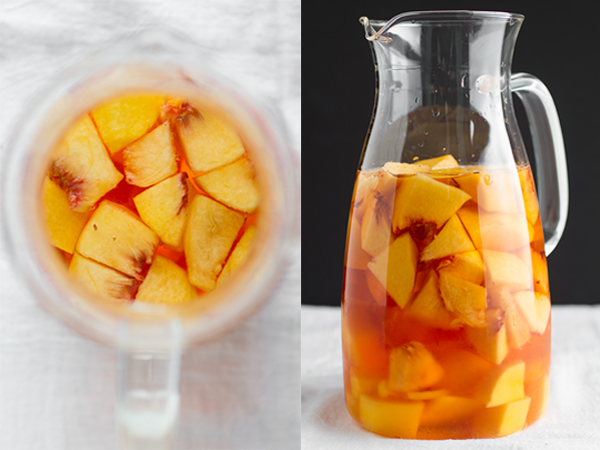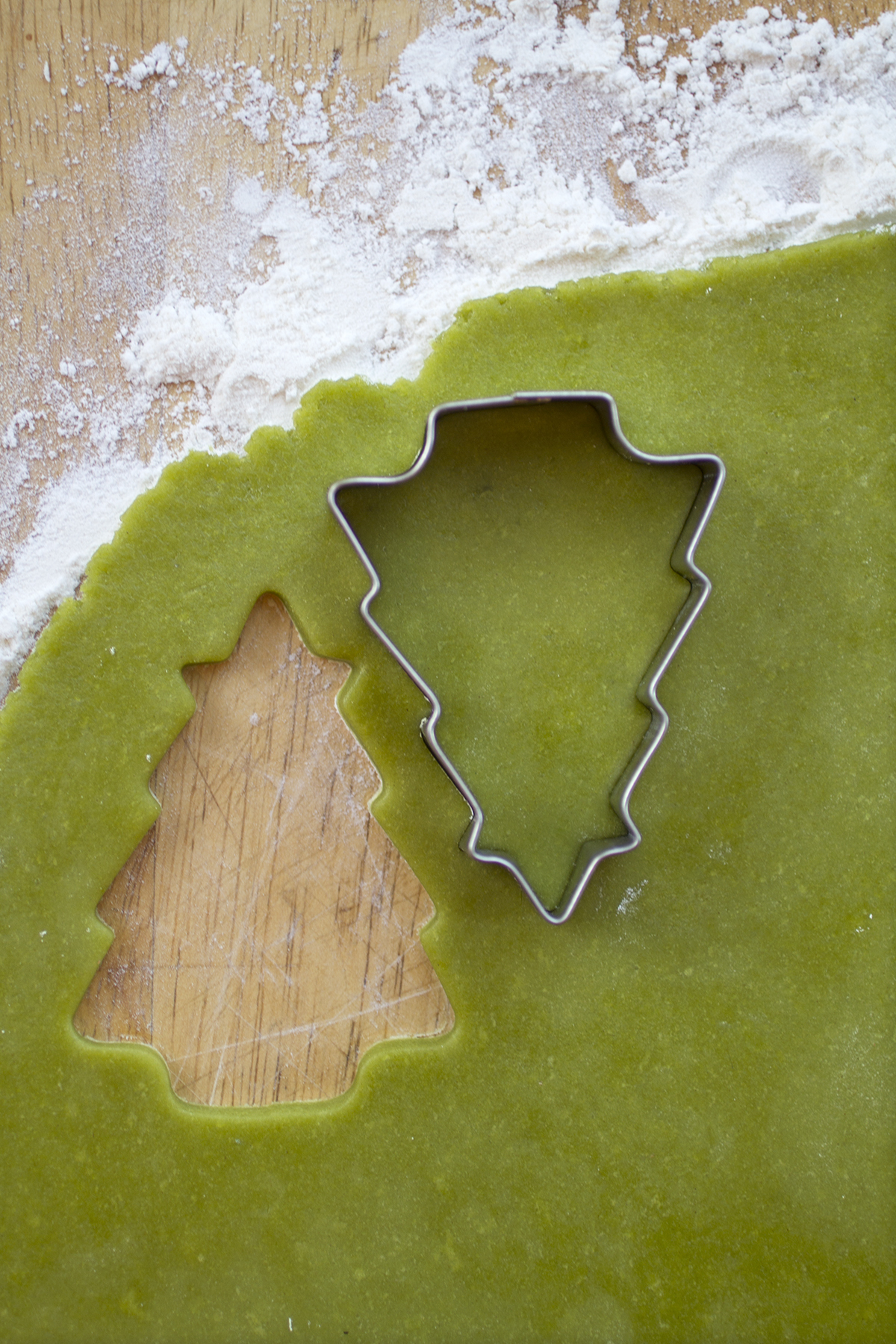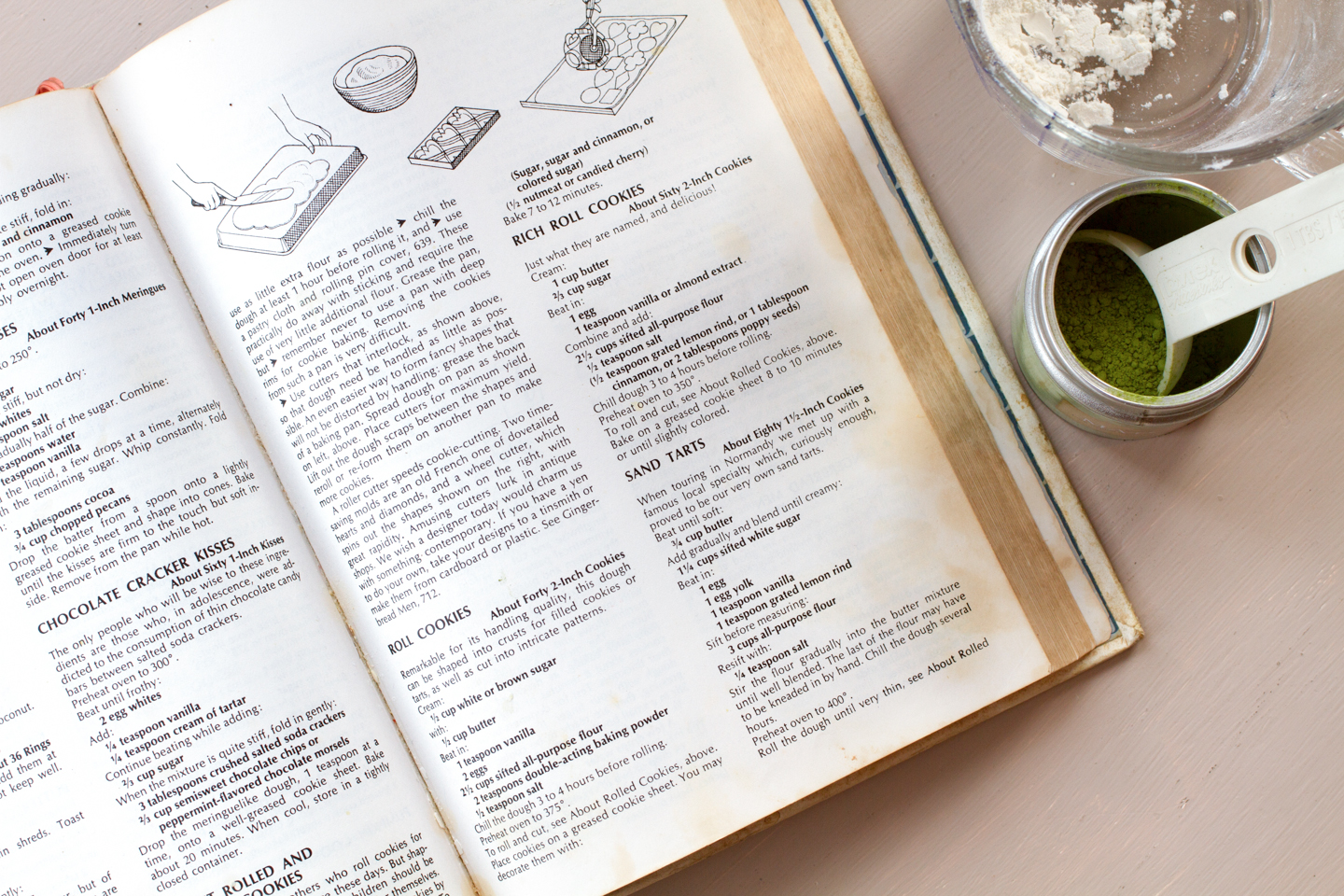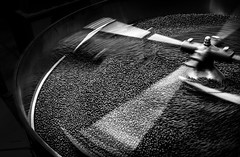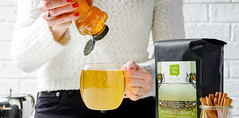Tea Sangria
Thursday, April 17th, 2014 by Andrew
You may have seen our new tea and wine infusion kit, featuring our Mist iced tea jug designed for cold-steeping, and three single-serve packs of Love Struck Rooibos herbal tea. Essentially, we took the two best things to flow from a pitcher, mixed them together, and they were both better for it. The right tea really can enhance an inexpensive bottle of wine. Think of it as a kind of sangria, using a spiced, slightly sweet herbal tea instead of fruit and brandy. The kit eliminates guesswork (and mess). Just empty one pre-measured pack of tea into the jug, fill with wine (we recommend Pinot Grigio), and chill overnight. The Mist jug has a screen in the spout that strains the tea for you. When it’s ready, pour the infusion into a glass and enjoy. We really hope you appreciate the amount of office drinking that went into getting this recipe just right.
Delicious as it is used as prescribed, you can have some fun experimenting with this kit too, and we have. We were interested in a more traditional fruit sangria variation and after trying different wine-tea-fruit combinations, these two were declared the winners. For both recipes, we started with the chilled tea-infused wine. After pouring the infusion out and returning it to the pitcher to strain the tea leaves, we added fruit and let things sit overnight before serving.
Sangria #1: Peach and Mango Lovestruck Rooibos
Lovestruck Rooibos is the tea we include with the infusion kit. An herbal tea blend with hibiscus, ginger, and citrus peel, the Lovestruck pairs well with many wines and adds a beautiful red color. This time around we tried it with a dry Riesling. The fruity sweetness of the Riesling and ginger-y spice from the tea worked great for this fruit combination. Peach liquor might be a nice addition for a little added sweetness.
Sangria #2: Blueberry Basil Lavender Lemonade
Lavender Lemonade is one of new spring teas flavored without anything artificial, just lavender, lemon myrtle, hibiscus, and marigold petals. It’s spectacularly flavorful. For our second sangria experiment we infused a bottle of Gruner Veltliner with seven teaspoons of tea. We added basil leaves and frozen blueberries, which turned the infusion a lovely purplish red. The lemon-basil-lavender flavor combination was dangerously delicious and refreshing. Try it with your favorite dry white wine or add fresh mint and blueberries for a variation on the theme.
Pairing teas and wines with fruit is a fun game we plan on playing all summer long. Have an idea for a combination? Share it — we’d be happy to give it a try and report back!
You may have seen our new tea and wine infusion kit, featuring our Mist iced tea jug designed for cold-steeping, and three single-serve packs of Love Struck Rooibos herbal tea. Essentially, we took the two best things to flow from a pitcher, mixed them together, and they were both better for it. The right tea really can enhance an inexpensive bottle of wine. Think of it as a kind of sangria, using a spiced, slightly sweet herbal tea instead of fruit and brandy. The kit eliminates guesswork (and mess). Just empty one pre-measured pack of tea into the jug, fill with wine (we recommend Pinot Grigio), and chill overnight. The Mist jug has a screen in the spout that strains the tea for you. When it’s ready, pour the infusion into a glass and enjoy. We really hope you appreciate the amount of office drinking that went into getting this recipe just right.
Delicious as it is used as prescribed, you can have some fun experimenting with this kit too, and we have. We were interested in a more traditional fruit sangria variation and after trying different wine-tea-fruit combinations, these two were declared the winners. For both recipes, we started with the chilled tea-infused wine. After pouring the infusion out and returning it to the pitcher to strain the tea leaves, we added fruit and let things sit overnight before serving.
Sangria #1: Peach and Mango Lovestruck Rooibos
Lovestruck Rooibos is the tea we include with the infusion kit. An herbal tea blend with hibiscus, ginger, and citrus peel, the Lovestruck pairs well with many wines and adds a beautiful red color. This time around we tried it with a dry Riesling. The fruity sweetness of the Riesling and ginger-y spice from the tea worked great for this fruit combination. Peach liquor might be a nice addition for a little added sweetness.
Sangria #2: Blueberry Basil Lavender Lemonade
Lavender Lemonade is one of new spring teas flavored without anything artificial, just lavender, lemon myrtle, hibiscus, and marigold petals. It’s spectacularly flavorful. For our second sangria experiment we infused a bottle of Gruner Veltliner with seven teaspoons of tea. We added basil leaves and frozen blueberries, which turned the infusion a lovely purplish red. The lemon-basil-lavender flavor combination was dangerously delicious and refreshing. Try it with your favorite dry white wine or add fresh mint and blueberries for a variation on the theme.
Pairing teas and wines with fruit is a fun game we plan on playing all summer long. Have an idea for a combination? Share it — we’d be happy to give it a try and report back!

